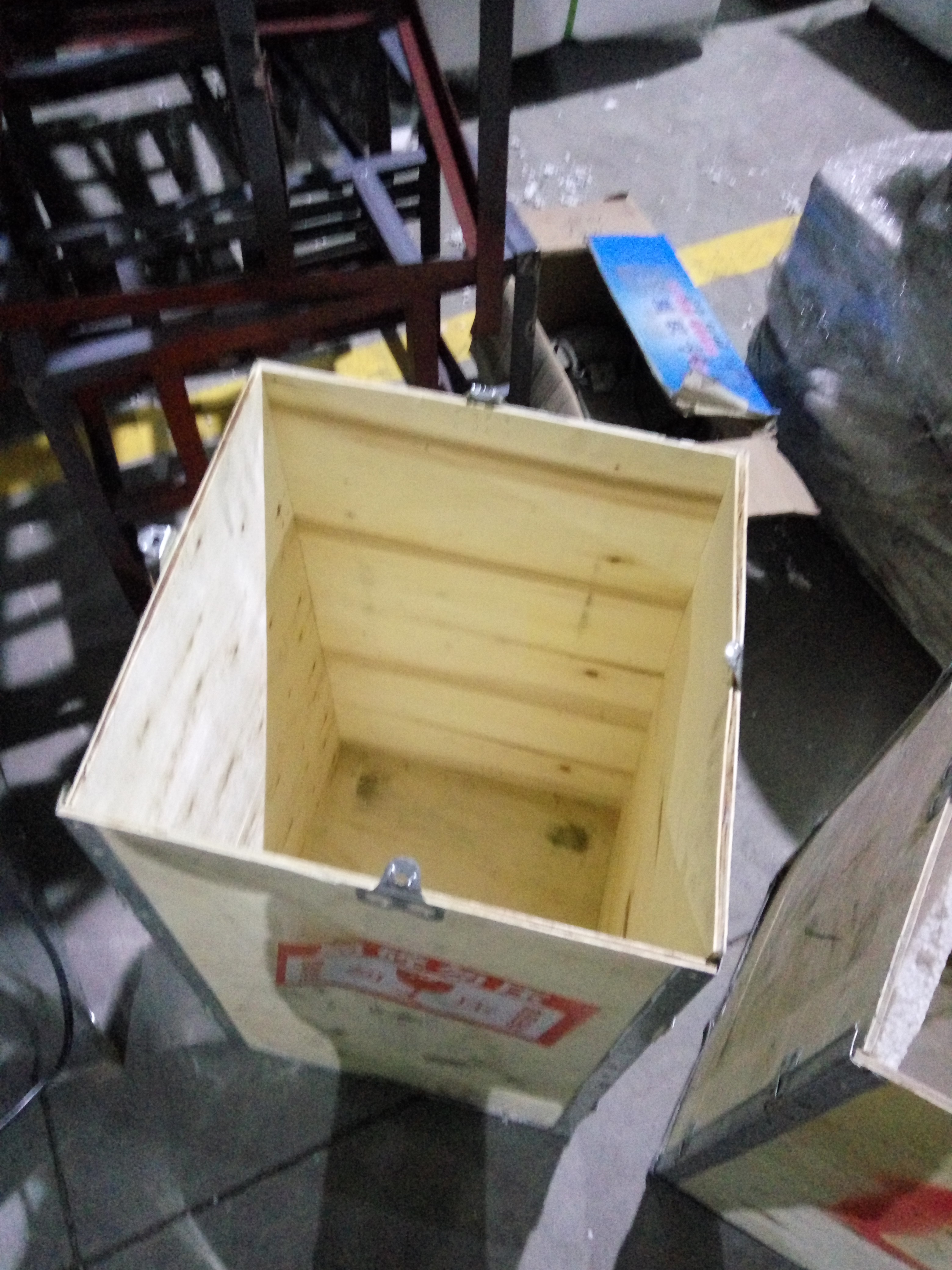Affordable Stainless Steel Chicken Plucker for Efficient Poultry Processing
Nov . 11, 2024 05:02 Back to list
Affordable Stainless Steel Chicken Plucker for Efficient Poultry Processing
The Evolution and Importance of Stainless Steel Pluckers
The stainless steel plucker is an essential tool that has revolutionized the poultry processing industry. As the demand for poultry products grows, the efficiency and effectiveness of processing methods have become paramount. This is where the stainless steel plucker comes into play. This article delves into the significance, design, and operational mechanisms of stainless steel pluckers, as well as their impact on food processing practices.
Historical Context
The practice of plucking poultry dates back centuries, primarily done by hand. This labor-intensive method, while effective, consumed an immense amount of time and effort, leading to increased operational costs. With the rise of the poultry industry, particularly after World War II, there was a pressing need for more efficient processing methods. Manufacturers responded with the introduction of mechanical plucking devices. The use of stainless steel in these machines marked a significant advancement, making them more durable, hygienic, and efficient.
The Design of Stainless Steel Pluckers
Stainless steel pluckers are designed with both functionality and hygiene in mind. The main body of the plucker is constructed from high-quality stainless steel, which is resistant to corrosion and staining. This not only ensures a longer lifespan for the equipment but also meets food safety standards. The design typically incorporates an array of rubber fingers or discs that effectively remove feathers from the bird while minimizing skin damage.
Modern pluckers come in various sizes and capacities, catering to both small farms and large-scale processing plants. Some are designed for static use, while others are mobile, allowing for easy transport and setup. These machines can handle different sizes of poultry, including chickens, ducks, and turkeys, making them versatile tools in poultry processing.
Operational Mechanism
stainless steel plucker

The operation of a stainless steel plucker is relatively straightforward. Once the bird has been slaughtered and scalded to loosen the feathers, it is placed inside the plucker. The machine is then activated, causing the rubber fingers to spin rapidly. As the bird is agitated within the chamber, the fingers effectively strip away the feathers without damaging the meat.
One of the greatest advantages of stainless steel pluckers is their efficiency. A well-designed machine can fully pluck a poultry bird in under a minute, significantly reducing labor costs and processing time. This efficiency is particularly beneficial for large-scale operations, where speed and consistency are critical.
Hygiene and Maintenance
Hygiene is a critical concern in the poultry processing industry, and stainless steel pluckers excel in this regard. The smooth surface of stainless steel is easy to clean and sanitize, reducing the risk of contamination and ensuring safe food handling practices. Many models are designed with removable parts to facilitate thorough cleaning.
Regular maintenance is essential to ensure the longevity and optimal performance of the plucker. This includes routine inspections of the rubber fingers, checking for wear and tear, as well as regular lubrication of moving parts. Operators are advised to adhere to the manufacturer’s maintenance schedule to prevent breakdowns that could disrupt processing operations.
Conclusion
The stainless steel plucker has transformed the poultry processing industry, enhancing efficiency, reducing labor costs, and improving hygiene standards. Its robust design and operational effectiveness make it an invaluable tool for poultry farmers and processors alike. As the demand for poultry products continues to rise, the importance of efficient processing equipment will only grow.
Looking ahead, advancements in technology may lead to even more innovative designs and features in stainless steel pluckers, potentially integrating automation and smart technology for enhanced efficiency. In conclusion, the stainless steel plucker represents a vital development in the evolution of poultry processing, reflecting a blend of tradition, innovation, and the pressing need for efficiency in today’s food production landscape.
-
Automatic Feeding Line System-Pan Feeder Nipple Drinker|Anping County Yize Metal Products Co., Ltd.
NewsJul.29,2025
-
Hot Sale 24 & 18 Door Rabbit Cages - Premium Breeding Solutions
NewsJul.25,2025
-
Automatic Feeding Line System Pan Feeder Nipple Drinker - Anping County Yize Metal Products Co., Ltd.
NewsJul.21,2025
-
Automatic Feeding Line System Pan Feeder Nipple Drinker - Anping County Yize Metal Products Co., Ltd.
NewsJul.21,2025
-
Automatic Feeding Line System - Anping Yize | Precision & Nipple
NewsJul.21,2025
-
Automatic Feeding Line System - Anping Yize | Precision & Nipple
NewsJul.21,2025






